Integrating QuickBooks with Salesforce: Key Mistakes to Avoid

No Data Found.
Recent Articles


No Data Found.